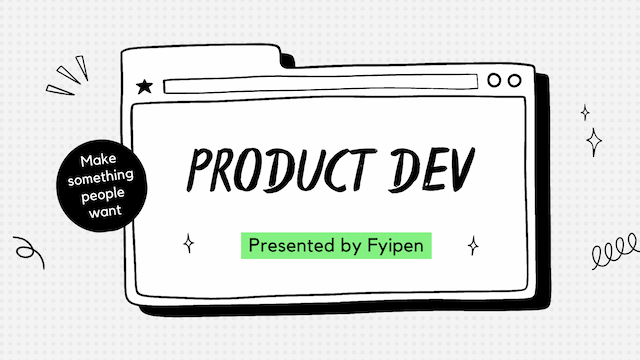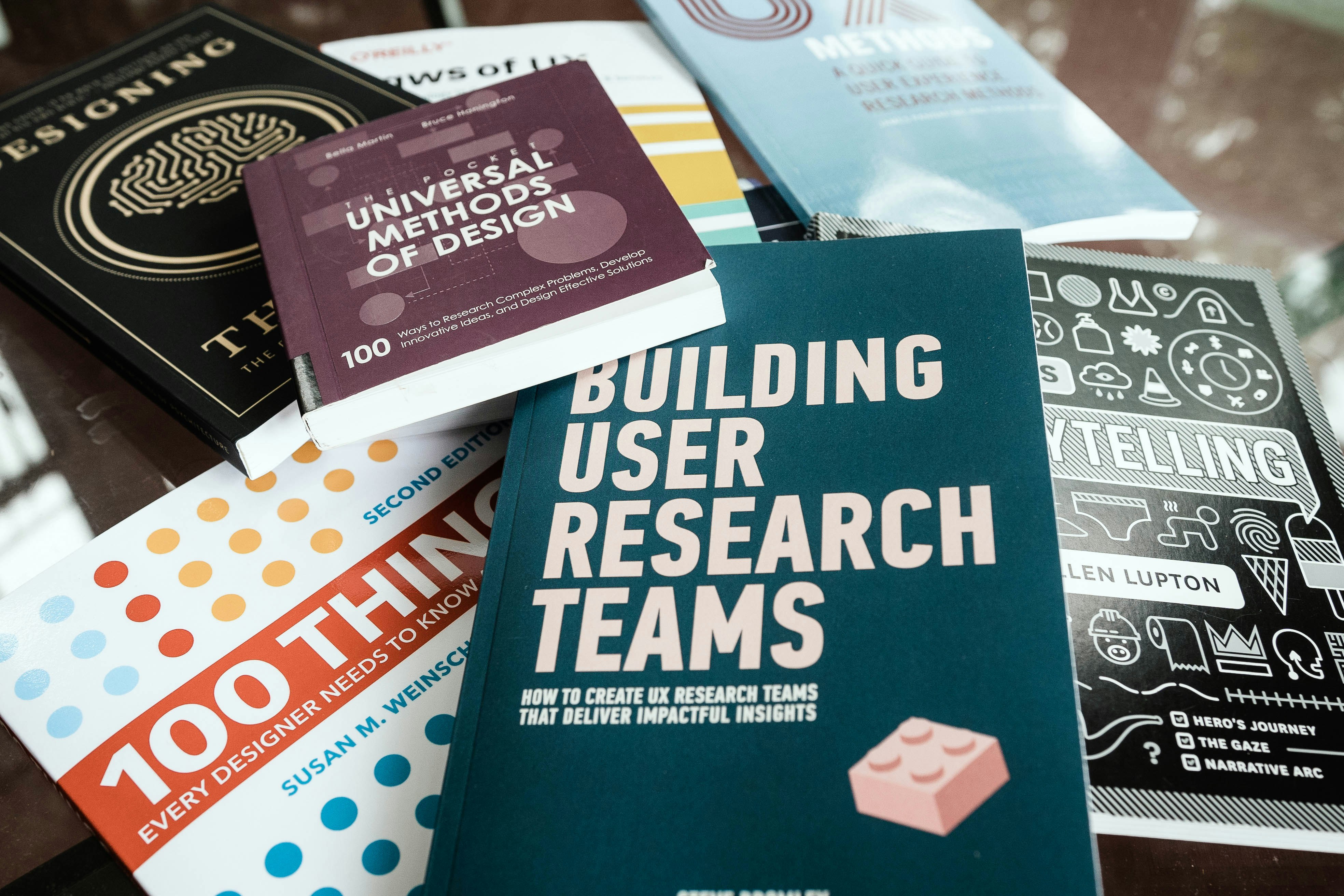Hi there!
I am Aritra, CEO of Fyipen. If you're reading this, you're likely interested in developing a product of your own. Let's explore what it takes to make a product and how we do it at Fyipen.
We typically divide product development into five stages: discovery, planning & research, design, development, testing, and deployment.
Discovery, planning & research
At Fyipen, the discovery stage of product development is essential for successful projects, whether creating a new product or onboarding an existing one, as our experience has demonstrated.
Fyipen's product development team offers a comprehensive service to help customers plan, estimate, and define their project stages, as well as identify any critical points that require further definition, to ensure the most suitable technical approach is taken.
The discovery phase serves as a navigational guide for product development. It helps ensure the team reaches its destination without getting lost.

Discovery is followed by planning.
During the planning stage, we set the project timeline and milestones, create a budget, and determine the resources required, including the number of developers, designers, and testers. We then allocate those resources accordingly.
We identify and document potential risks that may arise during development and create a plan to mitigate them.
We collaborate with stakeholders and clients to guarantee that the software meets their needs and requirements. We collect feedback and modify the plan as required to make sure the software is as effective as possible.
As software developers, we typically conduct research before the planning stage. This research phase involves gathering information and conducting research on the problem that the software will solve. This includes researching the current market, identifying existing solutions, and determining what is currently available on the market.
During the research phase, we investigate the technical feasibility of the project, exploring different technologies and frameworks that could be used to build the software. We also research user requirements and their pain points, as well as the business needs and objectives. This helps us understand the problem space and the user's needs.
It's also common for us to conduct user research, where we interview potential users of the software to gather feedback and insights about their needs and preferences. This feedback is used to inform the planning stage, and to make sure that the software is designed to meet the needs of the target users.
Documentation
There are several types of documents essential for providing the project with the right direction. These include:
- Project Roadmap: When it comes to the project roadmap, it should be as detailed & expert as possible. Secondly, consider what should be inside your roadmap:
- all project's functionality
- hours estimated for every feature
- roles & responsibilities
- start & due dates for every feature
- progress tracker
The roadmap is divided into sprints, milestones, and demos. Our Project Managers and Business Analysts typically oversee it.
- Mind Map: Before estimating development hours, creating a roadmap, and defining the technology stack, it is important to structure your idea. That is what mind mapping is all about.
- Why start from mind mapping?
- to break down your product's functionality into the smallest units
- to outline the app's general flow
- to make a starting point for further estimation & roadmap!
- Why start from mind mapping?
- PRD: A Product Requirements Document (PRD) outlines the product to be built and defines its purpose, value, and functionality.
- This document is usually prepared by a product manager.
- This list contains all items to be included in the product. Anything not on this list will not be included.
- BRD: A Business Requirements Document (BRD) describes the business solution for a project in detail, as per the needs and requirements of the business, customer, or client. It outlines the purpose of the project, the business solution it provides, its features and functionalities.
- Gives a complete overview of a new project or business plan, keeping everyone on the same page regarding what is expected of them and what the final product will look like
- Gathers requirements prior to project execution to ensure all client expectations are met and there’s no confusion or do-overs.
- Gives a roadmap managers can use to allocate work and budget accordingly.
- Keeps everyone focused on the objectives.









